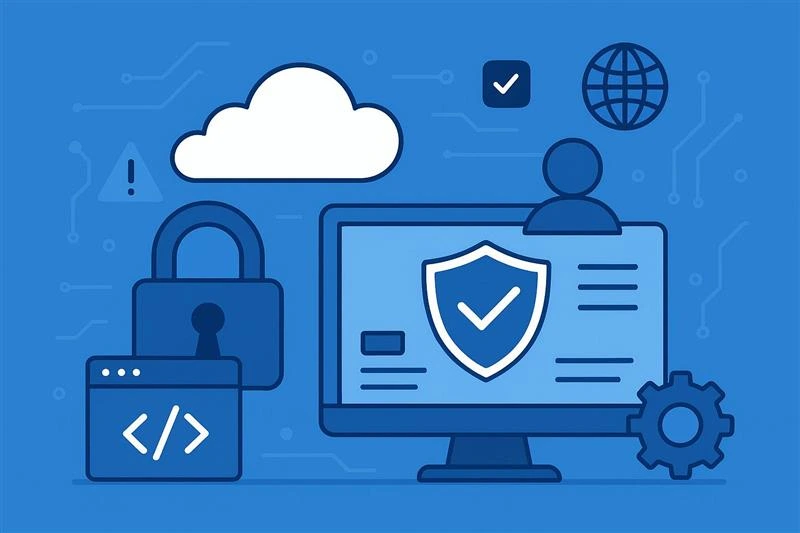Understanding E-Commerce Development: Key Concepts & Trends
15 Apr 2024E-commerce development is the process of creating and building online platforms or websites that facilitate the buying and selling of products over the internet. E-commerce websites are designed to enable businesses to showcase their products or services, attract customers, and facilitate online transactions. The development process typically involves the following key aspects.
- User Interface Design: E-commerce websites require user-friendly and visually appealing interfaces to engage customers and facilitate easy navigation.
- Product Catalog Management: E-commerce platforms need to provide a system for managing and organizing product information. This includes categorizing products, adding detailed descriptions, specifying pricing and stock availability, and managing product variants and options.
- Shopping Cart and Checkout: E-commerce development includes implementing a shopping cart feature that allows users to add products to their cart and proceed to checkout.
- Payment Gateway Integration: E-commerce websites need to integrate with payment gateways to process online transactions securely.
- Order Management and Fulfillment: E-commerce platforms require functionality to manage customer orders, track shipments, and handle inventory management.
- Security and Privacy: E-commerce development involves implementing security measures to protect customer data.
- Mobile Responsiveness: With the increasing use of mobile devices for online shopping, e-commerce websites need to be mobile-friendly.
- Analytics and Reporting: E-commerce development often includes incorporating analytics tools to track website traffic, user behavior, and sales data.




